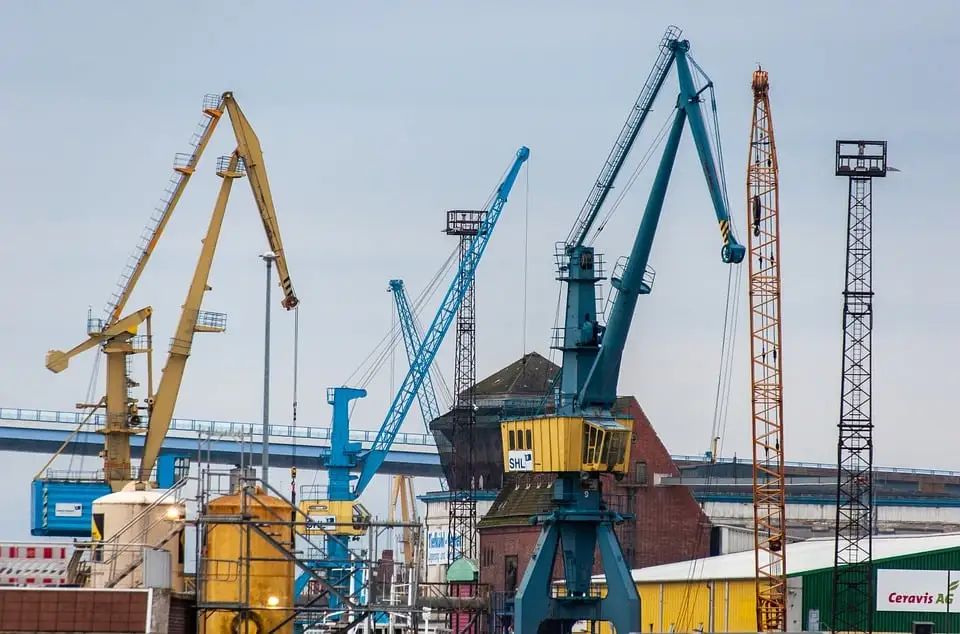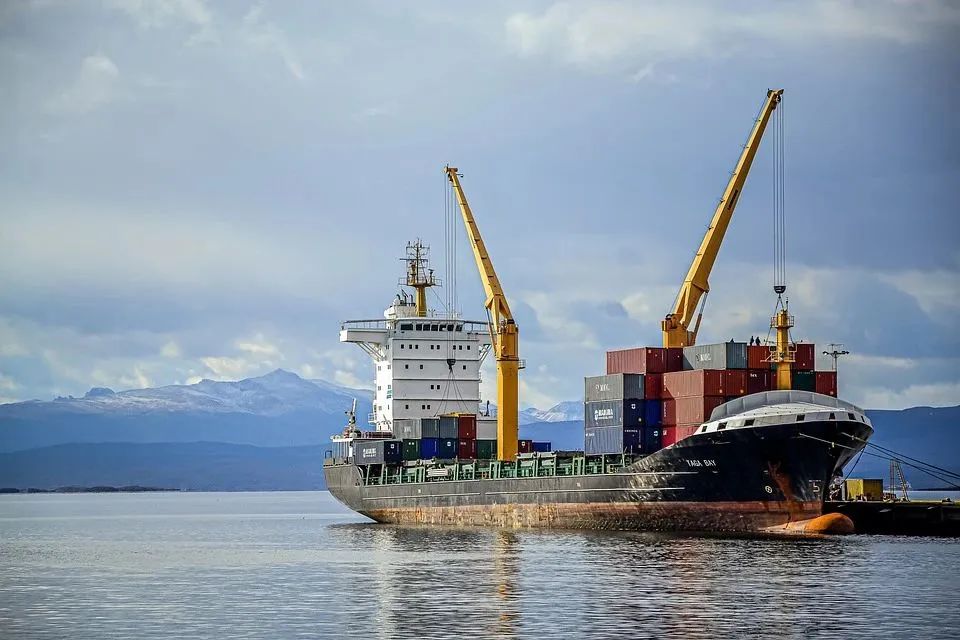Dry goods | Do you know this knowledge about transshipment ports?
Transit port:Sometimes it is also called "transit place", which means that the goods go from the port of departure to the port of destination, and pass through the third port in the itinerary. The means of transportation perform operations such as docking, loading and unloading, replenishment, etc., and the goods are reloaded and transported to the destination. The port is the transit port.
There are both shipping companies for one-time transshipment, and shippers who change orders and transship due to tax exemption.
Transit port status

Transit ports are generallybasic portTherefore, the ships calling at the transshipment ports are generally large ships from the main international shipping routes and feeder ships that go to and from various ports in the region.
Port of unloading/place of delivery=transit port/port of destination?
If it only refers to sea transportation, the port of discharge does refer to the transit port, and the place of delivery refers to the port of destination. When booking, generally you only need to indicate the place of delivery. It is up to the shipping company to decide whether to transship or which transshipment port to go to.
In the case of multimodal transport, the port of discharge refers to the port of destination, and the place of delivery refers to the destination. Since different unloading ports will have different transshipment fees, the unloading port must be indicated when booking.
The Magical Use of Transit Ports

duty free
What I want to talk about here is segment transfer. Setting the transshipment port as a free trade port can achieve the purpose of tariff reduction.
For example, Hong Kong is a free trade port. If the goods are transferred to Hong Kong; the goods that are not specially stipulated by the state can basically achieve the purpose of export tax exemption, and there will even be tax rebate subsidies.
hold goods
Here is the transit of the shipping company. In international trade, various factors cause the goods in the middle of the journey to be unable to move forward, and the goods need to be held. The consignor can apply to the shipping company for detention before arriving at the transit port. After the trade problem is resolved, the goods will be shipped to the port of destination. This tends to be relatively easier to maneuver than a direct ship. But the cost is not cheap.
Transit port code
A ship will call at multiple ports, so there are many port-entry codes filed at the same wharf, that is, the subsequent transshipment port codes. If the shipper fills in the codes at will, if the codes cannot be matched, the container will not be able to enter the port.
If it is matched but not the real transshipment port, then even if it enters the port and boards the ship, it will be unloaded at the wrong port. If the modification is correct before dispatching the ship, the box may also be unloaded to the wrong port. Reshipment costs can be very high, and heavy penalties may also apply.
About Transshipment Terms

In the process of international cargo transportation, due to geographical or political and economic reasons, etc., the cargo needs to be transshipped at certain ports or other locations. When booking, it is necessary to limit the transit port. But in the end it depends on whether the shipping company accepts transit here.
If accepted, the terms and conditions of the transit port are clear, usually after the port of destination, generally connected through "VIA (via, via)" or "W/T (with transshipment at..., transshipment at...)". Examples of the following clauses:
Transit port Port of Loading: Shanghai China
Port of Destination: London UK W/T Hong Kong
In our actual operation, we should not directly treat the transit port as the destination port, so as to avoid transportation errors and unnecessary losses. Because the transshipment port is only a temporary port for transferring goods, not the final destination of goods.




















